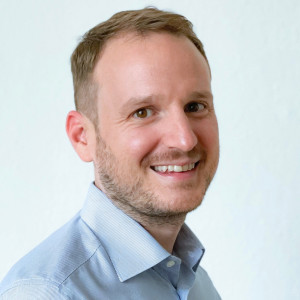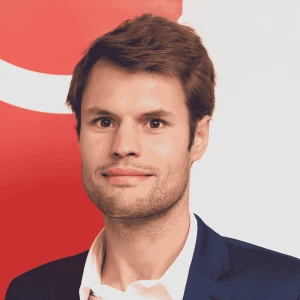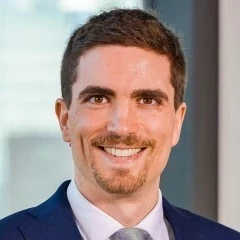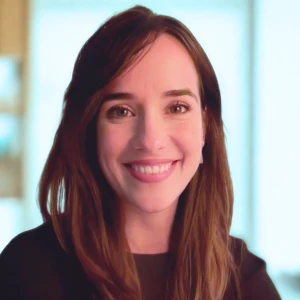Hi all, I'm currently doing the CraftingCases course and for 2 drills they create a conceptual framework without calculating the cost.
Example - Q: Should an African enterpreneur build a port?
He creates quite a nice framework (3C modified) but does not deepdive into the costs themselves (Demand, Competition, National issues, Enterpreneur, Port). I have a specific Port Cost bucket that takes into account the different types of cost here. Am I missing the goal of the exercise? Aren't the costs very important or should I not focus on that because they did not ask? Would love your advice, thanks.


















